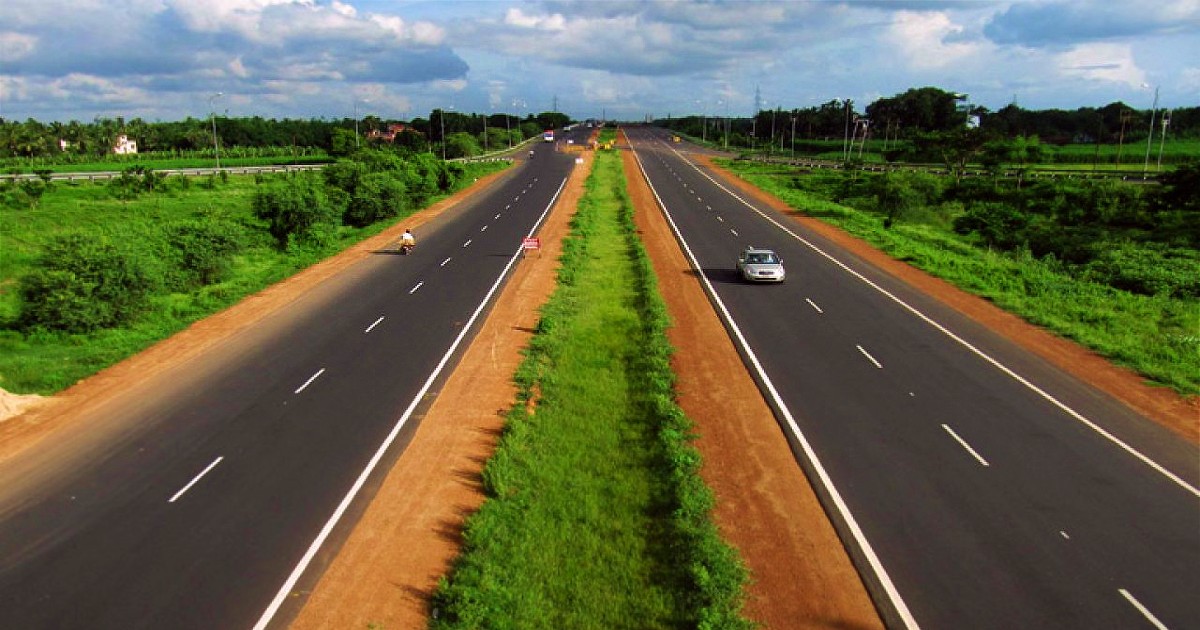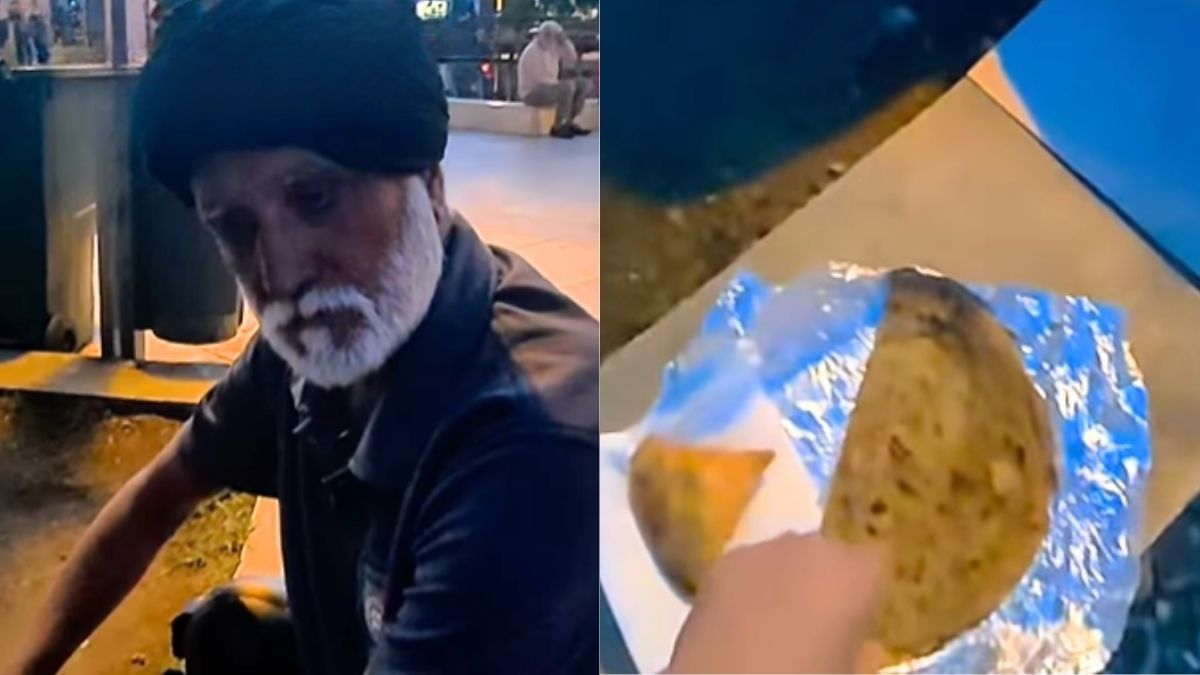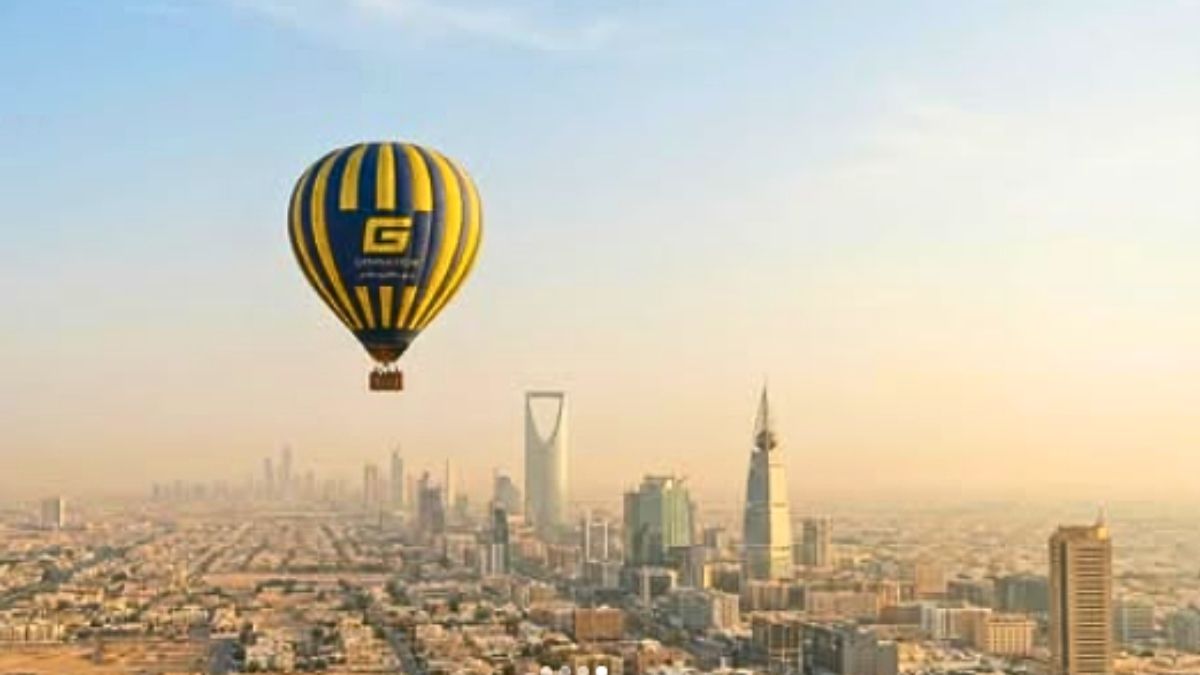Union Minister of Road Transport and Highways, Nitin Gadkari, recently stated that the government is planning to construct a separate e-highway on the 1,300-kilometre-long Delhi-Mumbai Expressway. According to a Business Standard report, Gadkari said, “We are trying to build ‘e-highway’ on the 1,300-km highway between Delhi and Mumbai.” He added, “Buses and trucks can ply on this e-highway at a speed of 120 kmph and will bring down the logistics cost by 70 per cent.” Gadkari informed that the government is spending ₹7 lakh crores on constructing green express highways for smart transportation and pollution reduction. Read on to know more.
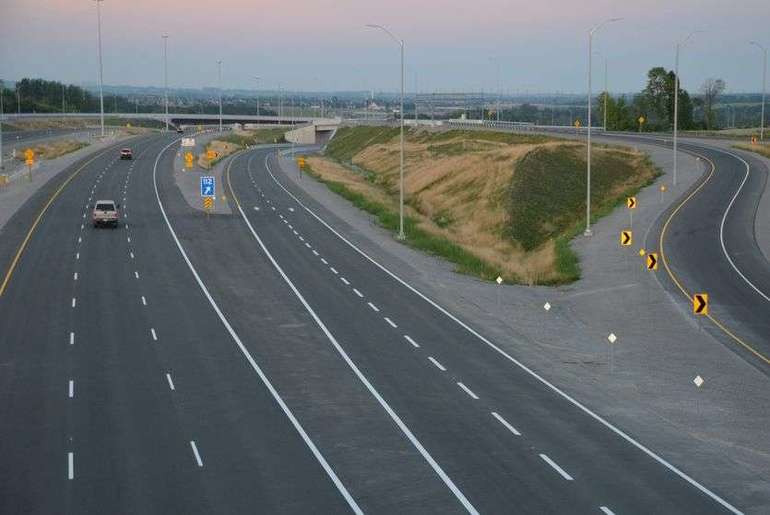
Also Read: Uttar Pradesh Highways To Have Solar Lights And Speed Cams To Curb Accidents
The Highways Will Minimise Logistics And Transportation Costs
The Delhi to Mumbai expressway aims to cut down the distance between Delhi and Mumbai by around 220 kilometres. It will be an eight-lane highway with the provisions to expand it into 12-lanes in the future. At the same time, this highway will allow vehicles to run at a speed of 120 km per hour. A 75-way side amenities network will come up on either side of the expressways at an interval of 50 kilometres. Now, the government has stated that it is trying to set up a separate e-highway on the expressway. Gadkari said that the proposed e-highway can bring down the country’s logistics costs by 70 percent. Pcmag.com defines e-highway as an ‘ electrically-augmented road’.
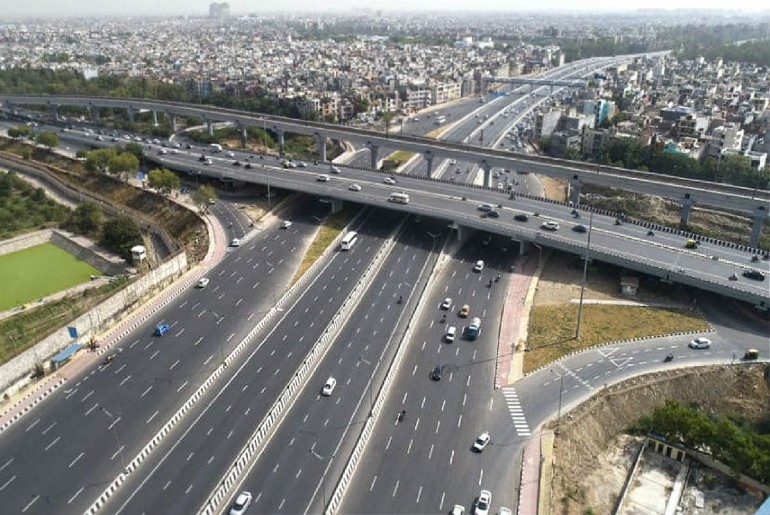
Also, according to a Live Mint report, Gadkari has stated, “We are spending ₹7 lakh crore on building green express highways. These…will reduce air pollution, traffic jam and minimise logistics and transportation cost,”. He added, “Sixty per cent of this 1,300 km project has been completed and we are trying to complete it within one year.”
Also Read: This Is The Longest & The Most Dangerous Highway In The World
The Expressway Will Have India’s First Animal Bridges
India will also have its first animal bridges on the Delhi-Mumbai expressway to protect animals. These overpasses will ensure that the Ranthambore Wildlife Corridor connecting Ranthambhore and Mukundra (Darrah) wildlife sanctuaries in Rajasthan faces no disturbances. A TOI source stated, “There will be no chance of any conflict as the wild animals will get such passage at every 500 metres interval.” The passages will come up as part of a forest corridor with trees so that animals find it natural. These will be on the lines of ‘animal bridges’ in the Netherlands for the safe passage of wildlife.
First Published: March 26, 2021 11:58 AM
